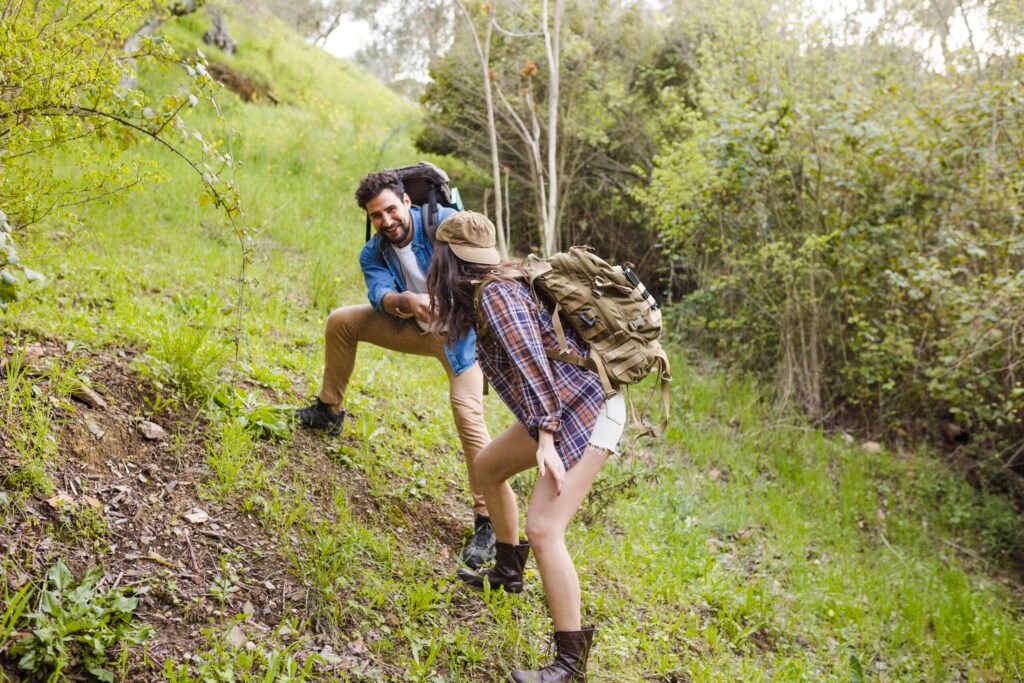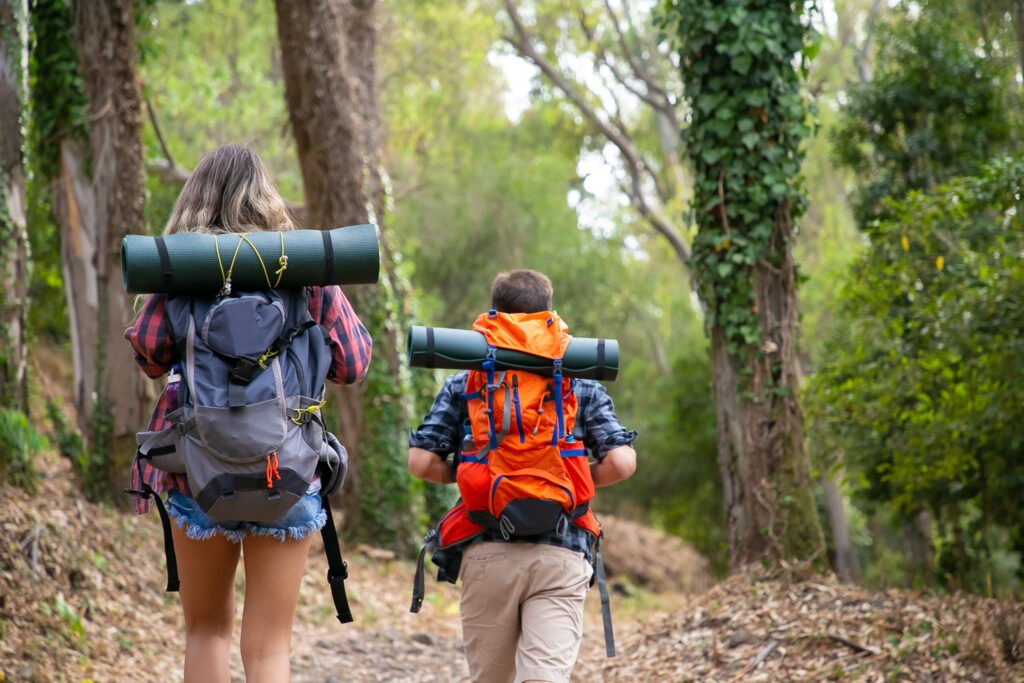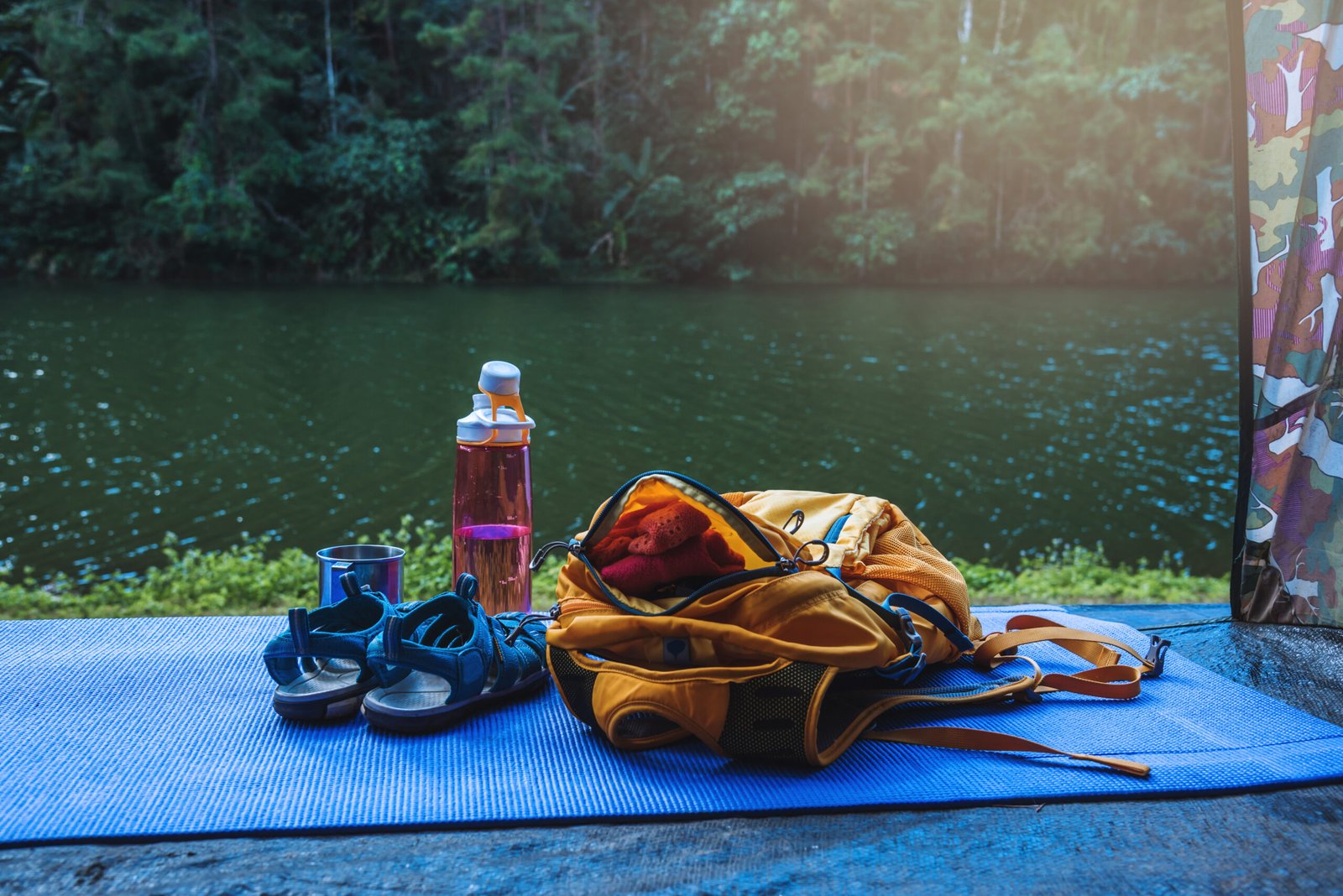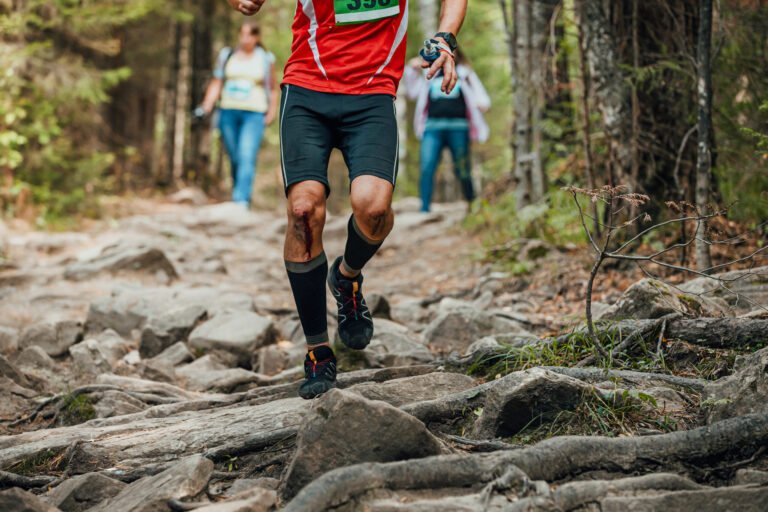Intermittent Fasting and Hiking: Does it Actually Work?
Discover the benefits of Intermittent Fasting and Hiking for outdoor enthusiasts. Learn how this eating pattern optimization can enhance your hiking experience.
Outdoor enthusiasts are rethinking how they fuel their adventures. Some hikers now align their eating schedules with specific time windows, claiming improved stamina and mental clarity on trails. Could adjusting meal timing truly enhance performance during demanding activities like backpacking or climbing? This brings us to the relationship between Intermittent Fasting and Hiking.
Take Sarah, a Colorado-based trekker. She followed a 16-hour fasting routine for six months while tackling steep mountain paths. Despite skipping breakfast, she completed 14-mile hikes with 2,000-foot climbs and lost 15 pounds. Others, like veteran adventurer Mark, have gone without morning meals for 20 years during multi-day trips.
This approach isn’t for everyone, but growing interest suggests potential health benefits worth exploring. Supporters argue it helps the body tap into fat stores more efficiently. Critics question whether it’s sustainable for longer expeditions or diverse fitness levels.

Current research remains divided, making personal experimentation crucial. This article examines scientific findings alongside real-world experiences. We’ll break down how meal timing affects energy management and what precautions to consider before hitting the trail.
Understanding the connection between Intermittent Fasting and Hiking can provide insights into optimizing energy levels for long treks.
Understanding Intermittent Fasting: Principles and Practices
Timing meals strategically could redefine how adventurers approach trail nutrition. This method centers on cycling between eating windows and periods without food consumption, prioritizing when you fuel rather than what’s on your plate.
What Is Intermittent Fasting?
It’s a structured approach dividing the day into phases of nourishment and rest. Unlike calorie-counting diets, it emphasizes schedule flexibility. A common version involves 16-hour fasts followed by 8-hour feeding periods, letting the body shift energy sources.
Different Fasting Methods and Their Applications
Options vary based on goals and activity levels:
- 12-hour fasts: Ideal for newcomers, aligning with natural circadian rhythms
- 24-hour cycles: Used weekly by some to reset metabolic functions
- Extended fasts: Reserved for specific objectives, requiring medical oversight
Outdoor enthusiasts often tailor their schedules. Early risers might eat from 6 AM to 2 PM to fuel sunrise hikes. Others prefer noon-to-8 PM windows to replenish after afternoon treks. The key lies in matching food intake times with physical demands while allowing digestion breaks.
Intermittent Fasting and Hiking: Examining the Synergy
The connection between meal schedules and mountain performance is gaining traction among outdoor communities. Athletes report surprising stamina improvements when aligning food intake with trail demands, particularly during elevation-heavy excursions.
Enhanced Endurance and Energy Optimization
A 52-year-old backpacker’s experience in Utah’s High Uintas Wilderness exemplifies this trend. Maintaining pace with teenage athletes over 10-mile daily climbs above 10,000 feet, he credits his fasted state for consistent energy levels. “My body stopped craving constant snacks,” he notes. “The steady burn from fat stores kept me moving.”
Many trekkers find early starts more effective without breakfast. One Colorado mountaineer explains: “I cover 14% more ground before noon when hiking hungry. No food coma, no energy crashes – just pure momentum.”
This approach appears to enhance metabolic flexibility – the body’s ability to switch between glucose and fat fuels. Regular fasting periods may train systems to access reserves more efficiently during prolonged exercise. Key benefits reported include:
- Reduced reliance on carb-heavy snacks
- Smoother endurance output during 6+ hour hikes
- Improved altitude adaptation through optimized oxygen use
Mental sharpness also sees boosts, with navigational decisions becoming quicker in fasted states. As one Appalachian Trail veteran observes: “Clear thinking at 8 AM translates to safer river crossings by noon.”
Optimizing Your Eating Pattern for Outdoor Activities
Strategic meal timing might be the missing piece in your hiking routine. Trail-tested approaches reveal how adjusting food intake windows can boost stamina while simplifying logistics.
Meal Timing and Calorie Management
Many adventurers ditch morning meals entirely. One Utah hiker reports: “I fuel 14-mile climbs with just water until 2 PM. My energy stays steady without digestive slowdowns.” Early eating windows (6 AM–2 PM) work well for dawn starters, while afternoon trekkers often prefer noon-to-8 PM schedules.
Key strategies for managing calories in compressed feeding periods:
- Pack 600+ calorie lunches with nuts, dried fruit, and nut butter wraps
- Front-load protein at your first meal to curb cravings
- Limit heavy dinners 3 hours before sleep to avoid next-day sluggishness
A Colorado Trail thru-hiker shares: “Eating my largest amount at lunch keeps me moving faster. Late dinner messes with my sleep and morning momentum.” Research supports this – late-night meals can reduce fat oxidation by 15% during next-day activities.
For multi-day trips, focus on calorie-dense snacks like trail mix between main meals. This approach maintains energy without requiring constant cooking breaks. One Appalachian Trail journal notes: “150-calorie nut packs every 90 minutes kept my furnace burning through 12-hour hiking days.”
Insights from Real-Life Trail Experiences
Trailblazers across America are rewriting the rules of wilderness nutrition. Their stories reveal how meal timing impacts everything from pack weight to peak performance.

Personal Success Stories on the Trail
A 52-year-old backpacker transformed his mountain adventures through dietary changes. Over two years, he shed 74 pounds using low-carb meals within specific eating windows. “I matched teenagers step-for-step at 11,000 feet last summer,” he recalls. His pack carried 30% less food weight without energy crashes.
Alaska’s wilderness tested another strategy during a 10-day sheep hunt. One hunter maintained energy with 1.1 pounds of daily rations – mostly nuts and jerky. “My focus stayed sharp through 14-hour days,” he notes. Both cases show how optimized eating patterns support endurance.
| Approach | Benefits | Challenges |
|---|---|---|
| Low-Carb + Time Windows | 74-pound loss, high-altitude stamina | Initial fatigue days 1-3 |
| Extended Fasts | Reduced pack weight | Social eating pressures |
| Fasted Training | Mental clarity | Hormone fluctuations |
Lessons Learned from Obstacles
Not all experiments succeed. A fitness coach abandoned morning fasts after noticing irregular cycles and 20% slower mile times. “My body needed fuel for technical climbs,” she admits. Others report dizziness when pushing beyond 8-hour windows during multi-day trips.
The hiking community emphasizes personalization. What works for 3-day summer hikes might fail on weeklong winter expeditions. Trial periods help identify sustainable approaches without compromising safety or enjoyment.
The Science & Research Supporting Fasting Benefits
Emerging studies reveal how strategic eating patterns might optimize physical performance at the cellular level. Researchers are particularly interested in how periods without food intake activate biological processes that could benefit active lifestyles.
Cellular Health and Autophagy
When the body enters a fasted state, it initiates autophagy – a cellular “cleanup crew” that removes damaged components. A 2019 study found this process peaks between 16-24 hours without food, potentially reducing inflammation and improving tissue repair. For outdoor adventurers, this could mean faster recovery after grueling trails.
Improved insulin sensitivity stands out as another key benefit. Regular fasting windows help stabilize blood sugar levels, allowing muscles to access energy reserves more efficiently. One researcher notes: “Better glucose management translates to fewer energy crashes during endurance activities.”
Early evidence also suggests potential cognitive boosts. Fasting increases production of brain-derived neurotrophic factor (BDNF), a protein linked to sharper focus. Trail navigators report making quicker decisions in fasted states, particularly during technical climbs requiring split-second choices.
While promising, experts caution that most research involves controlled lab settings rather than real-world conditions. Longer-term studies are needed to confirm how these mechanisms affect diverse populations. As one scientist states: “We’re seeing fascinating possibilities, but outdoor enthusiasts should approach fasting as a personal experiment rather than a proven strategy.”
Nutritional Strategies and Energy Management on Hikes
Fueling mountain adventures requires smart strategies beyond traditional meal timing. Proper nourishment before and after trails can make or break your performance, especially when working with compressed eating windows.
Pre-Hike Fueling Tactics
Morning ascents often begin without breakfast. Many hikers opt for black coffee with added fats – think coconut oil or grass-fed butter. This combination provides steady energy while maintaining a fasted state. Hydration remains critical: one Utah trekker drinks 24 oz of electrolyte-enhanced water before hitting switchbacks.
Post-Hike Recovery Meals
Refueling within 90 minutes preserves muscle tissue and restores glycogen. A Montana backpacker’s go-to dinner: wild-caught salmon with sweet potatoes and avocado. High-quality proteins and complex carbs dominate these meals, proving composition often outweighs timing for next-day stamina.
Successful trail veterans emphasize flexibility. As one Appalachian hiker notes: “My 600-calorie lunches work better than rigid schedules.” Listen to your body while prioritizing nutrient-dense food during feeding periods.





